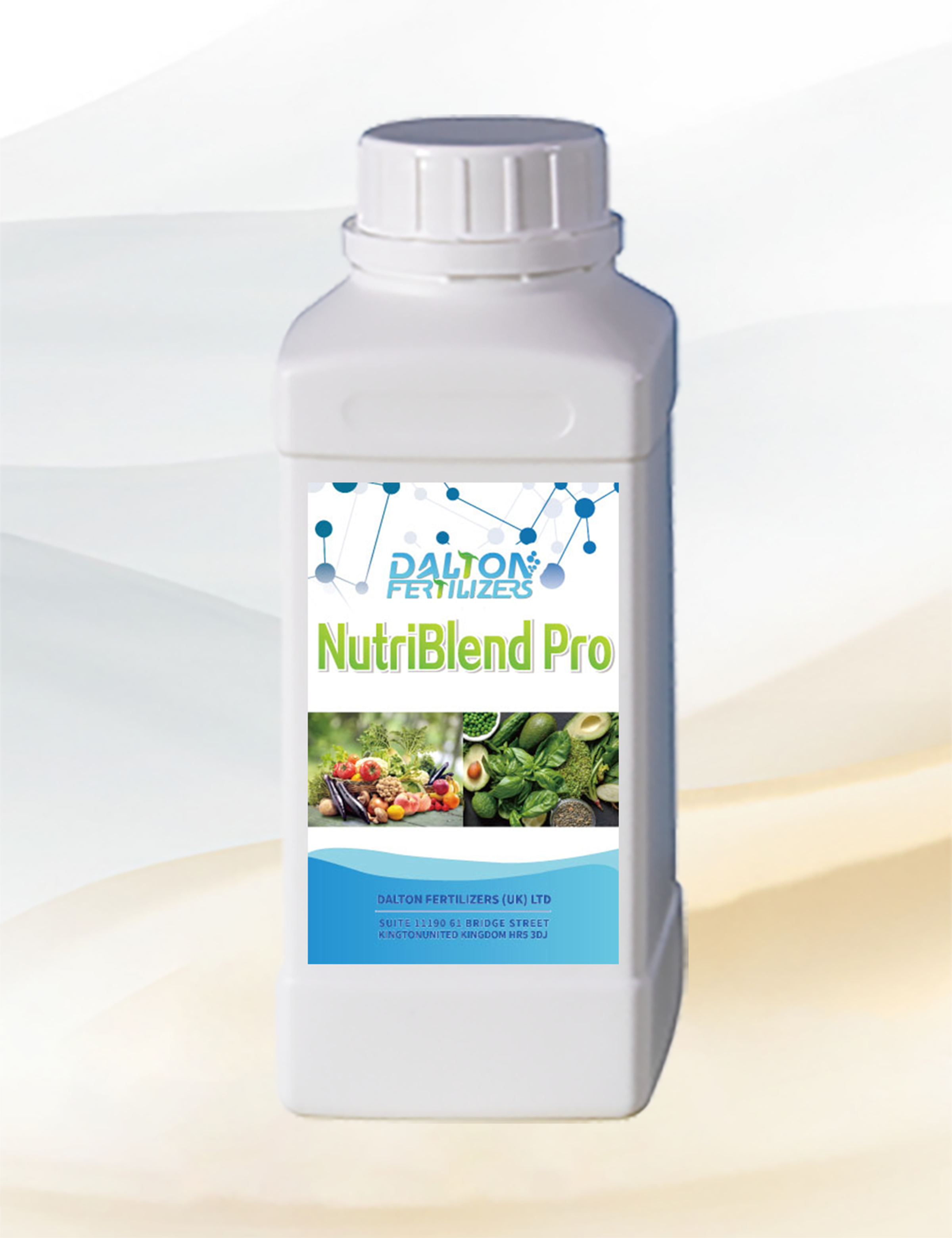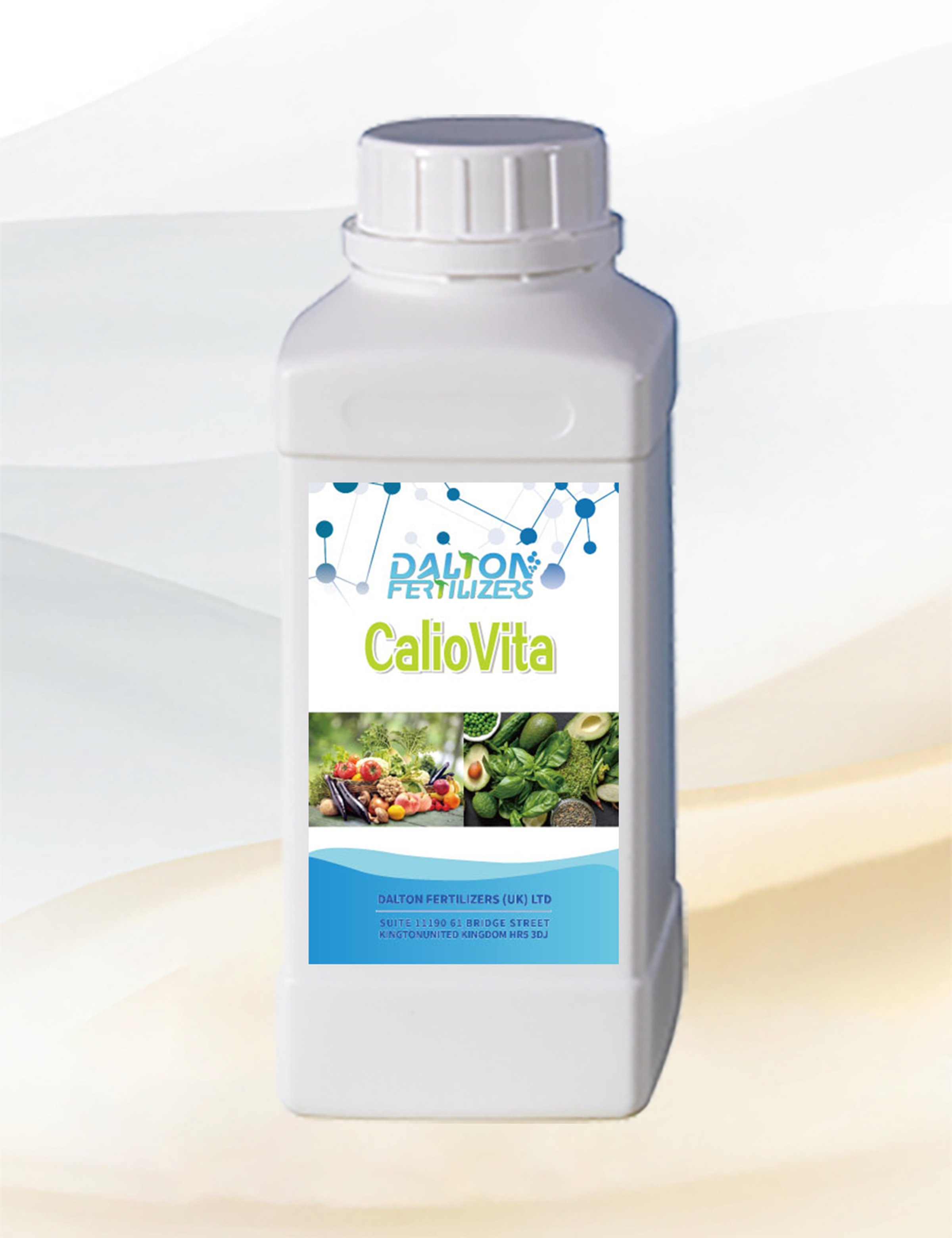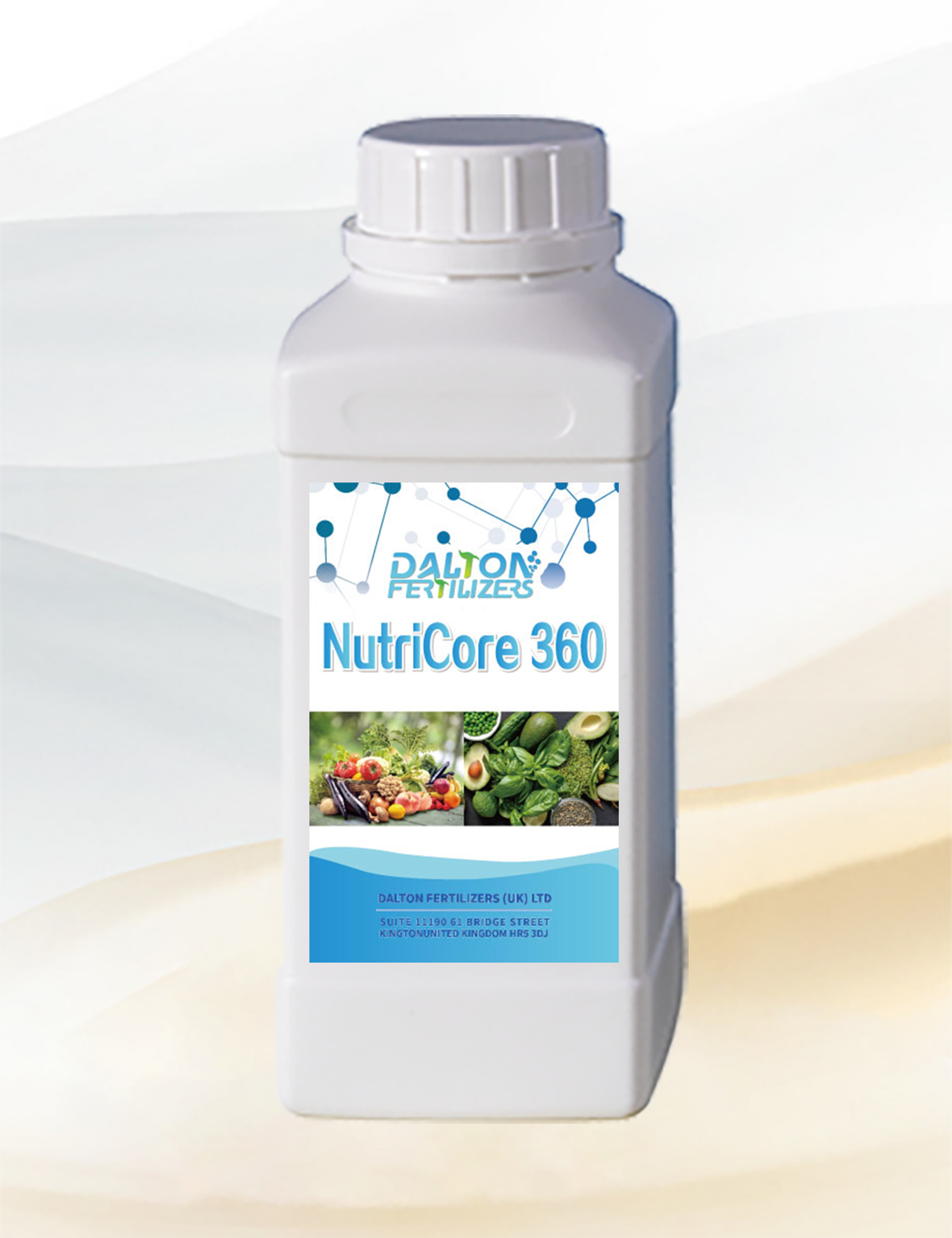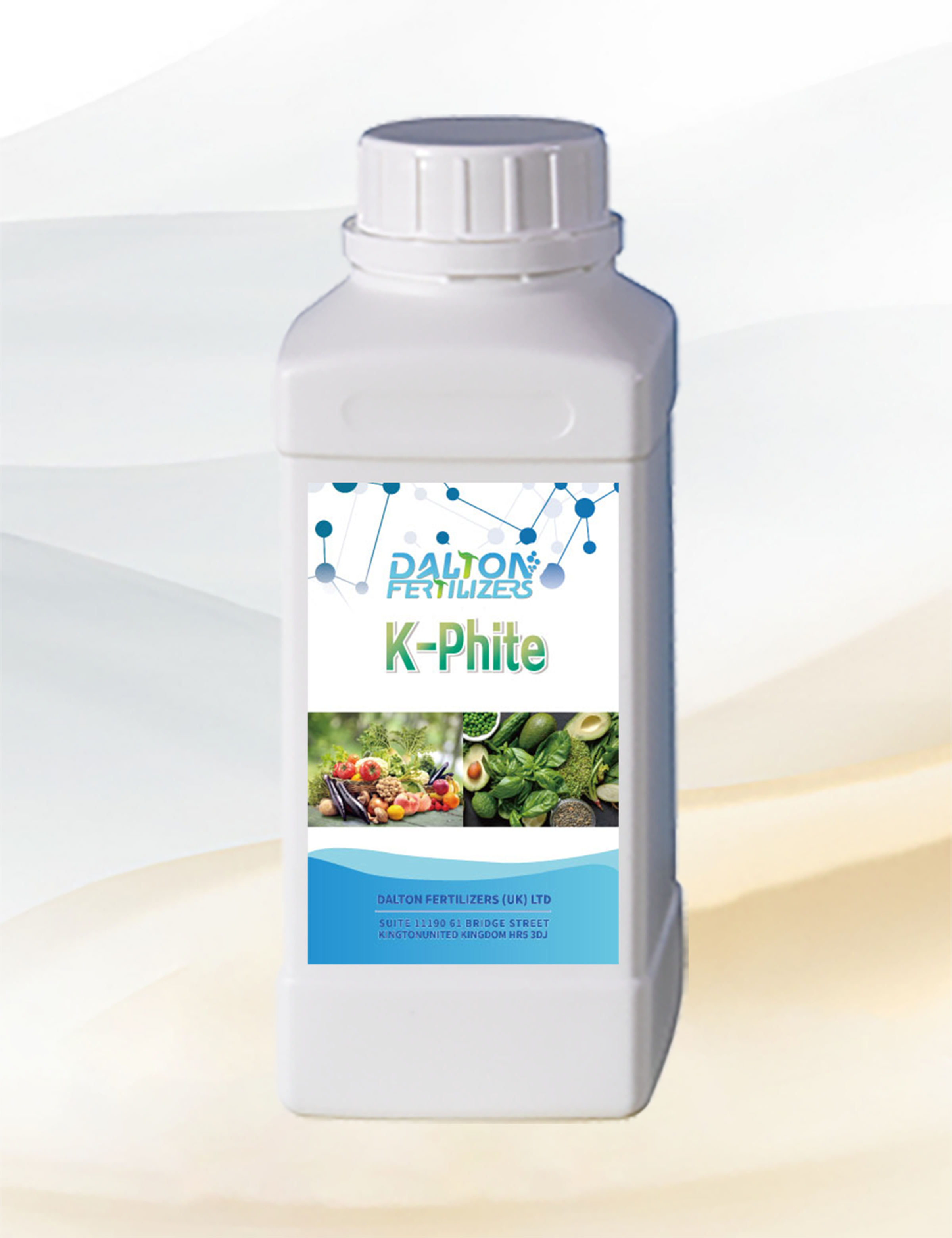
What Are the Types and Functions of Trace Elements in Fertilizers?
Introduction
- Highlight the critical role of trace elements (micronutrients) in plant health and crop productivity, even though they’re required in small quantities.
- Emphasize their growing importance in sustainable agriculture and precision farming.
- Target Keywords: trace elements in fertilizers, micronutrients in agriculture, plant micronutrients, soil health.
2. What Are Trace Elements?
- Define trace elements as essential minerals (e.g., zinc, iron, copper, boron, manganese, molybdenum) needed in minute amounts for plant development.
- Explain how they differ from macronutrients (NPK) but are equally vital for biochemical processes.
Keywords: trace elements definition, micronutrients vs macronutrients, essential plant nutrients.
2. Types of Trace Elements & Their Functions
- Break down each micronutrient, its role, deficiency symptoms, and common fertilizer sources:
- Zinc (Zn): Enzyme activation, hormone production. Deficiency: Stunted growth, yellowing leaves. Sources: Zinc sulfate.
- Iron (Fe): Chlorophyll synthesis, energy transfer. Deficiency: Interveinal chlorosis. Sources: Iron chelates.
- Copper (Cu): Photosynthesis, disease resistance. Deficiency: Wilting, pale leaves.
- Boron (B): Cell wall formation, pollination. Deficiency: Brittle stems, poor fruiting.
- Manganese (Mn): Nitrogen metabolism, antioxidant activity. Deficiency: Brown spots on leaves.
- Molybdenum (Mo): Nitrogen fixation (legumes). Deficiency: Scorched leaf edges.
- Chlorine (Cl): Osmotic regulation, photosynthesis.
Keywords: zinc in fertilizers, iron deficiency in plants, boron functions, copper in agriculture.
3. Key Functions of Trace Elements in Plants
- Explain overarching roles:
- Enzyme activation and biochemical reactions.
- Strengthening plant immunity against diseases and abiotic stress.
- Improving nutrient uptake efficiency (e.g., iron aids nitrogen absorption).
- Enhancing crop quality (e.g., boron improves fruit shelf life).
Keywords: plant enzyme activation, nutrient uptake efficiency, crop stress resistance.
4. How to Apply Trace Elements Effectively
- Discuss best practices:
- Soil testing to identify deficiencies.
- Balanced application (avoid toxicity risks).
- Use of chelated trace elements for better absorption.
- Timing (e.g., apply boron during flowering).
- Mention organic vs. synthetic micronutrient sources (e.g., compost vs. EDTA-chelated fertilizers).
Keywords:soil testing for micronutrients, chelated trace elements, boron application in farming.
4. Synergies with Macronutrients
- Explain how trace elements enhance NPK fertilizer performance:
- Iron and manganese boost nitrogen utilization.
- Zinc improves phosphorus uptake.
- Copper aids potassium mobility in plants.
Keywords: NPK fertilizers with micronutrients, balanced fertilizer nutrition.




